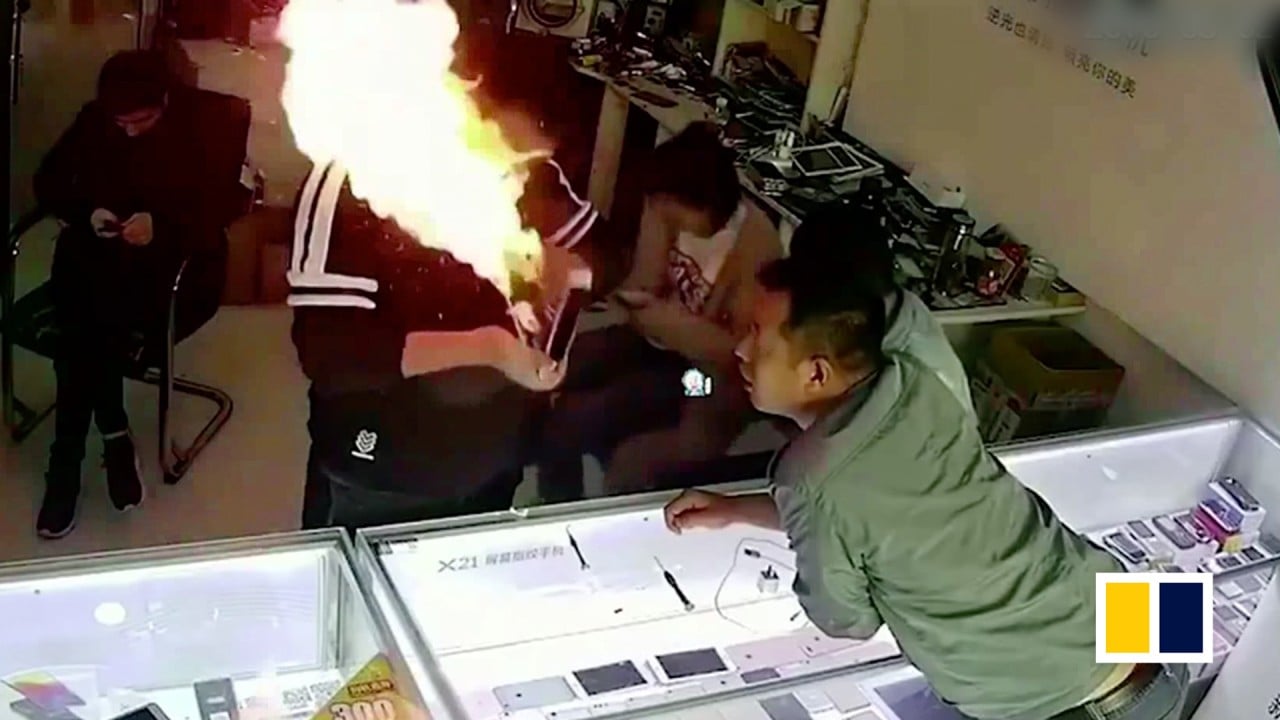After two moribund years, the global smartphone market recovered in 2024, with new shipments forecast to rebound strongly by over 6 per cent. But a rising trend for refurbished phones threatens to derail that recovery in the coming years.
Last year, the average selling price of refurbished smartphones in emerging markets such as China, Southeast Asia and Africa was expected to exceed the global average selling price for new phones for the first time, according to Counterpoint Research.
This growing market shows that the fears and concerns surrounding refurbished smartphones are in retreat. Tanzania, for instance, was still issuing safety warnings over second-hand smartphones in 2023. Worries over device overheating, battery performance, data security and more had, for many years, dissuaded people from buying used phones.
But the refurbished phone market has matured and become well-defined. It has even spawned its own vocabulary: these phones are not old, rather, they are pre-owned, reconditioned, refreshed and recertified.
It is a far cry from the shady, under-the-table transactions of the past, where vendors hawked devices, often stolen, on the sly. Tech giants such as Apple and Samsung now sell their own certified refurbished phones, and top models are available in online marketplaces such as Singapore’s Reebelo and Malaysia’s Mudah.my.

00:48
Phone explodes in repairman’s hand in China
Phone explodes in repairman’s hand in China
Manufacturer-certified refurbished phones have the advantage of assuring customers that their purchases are really wiped clean of data, with the battery and any defective part replaced. These phones are often cheaper, in mint condition and have been rigorously quality-tested. Many also come with a warranty, typically for a year. They can even help the companies themselves expand their customer base.
